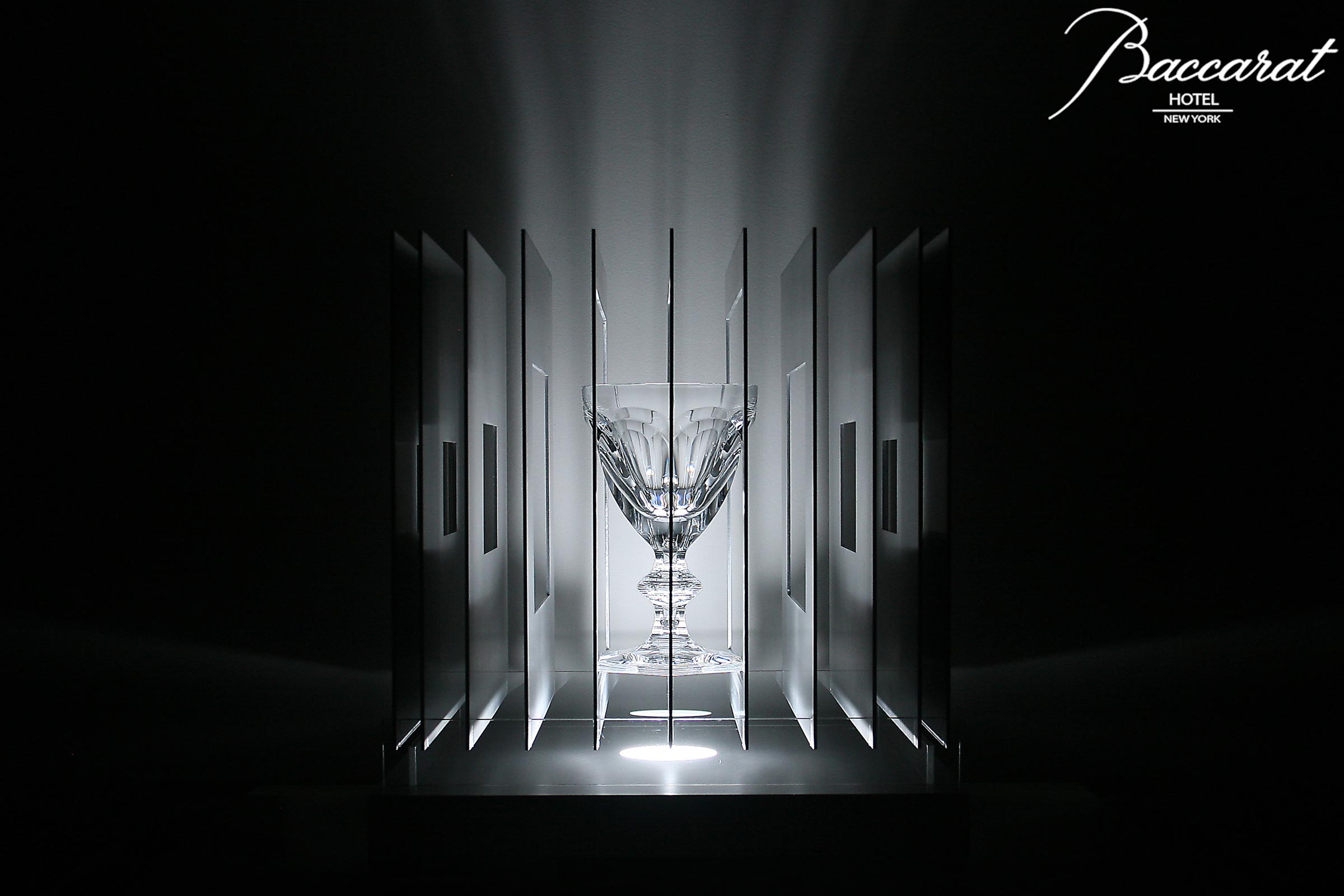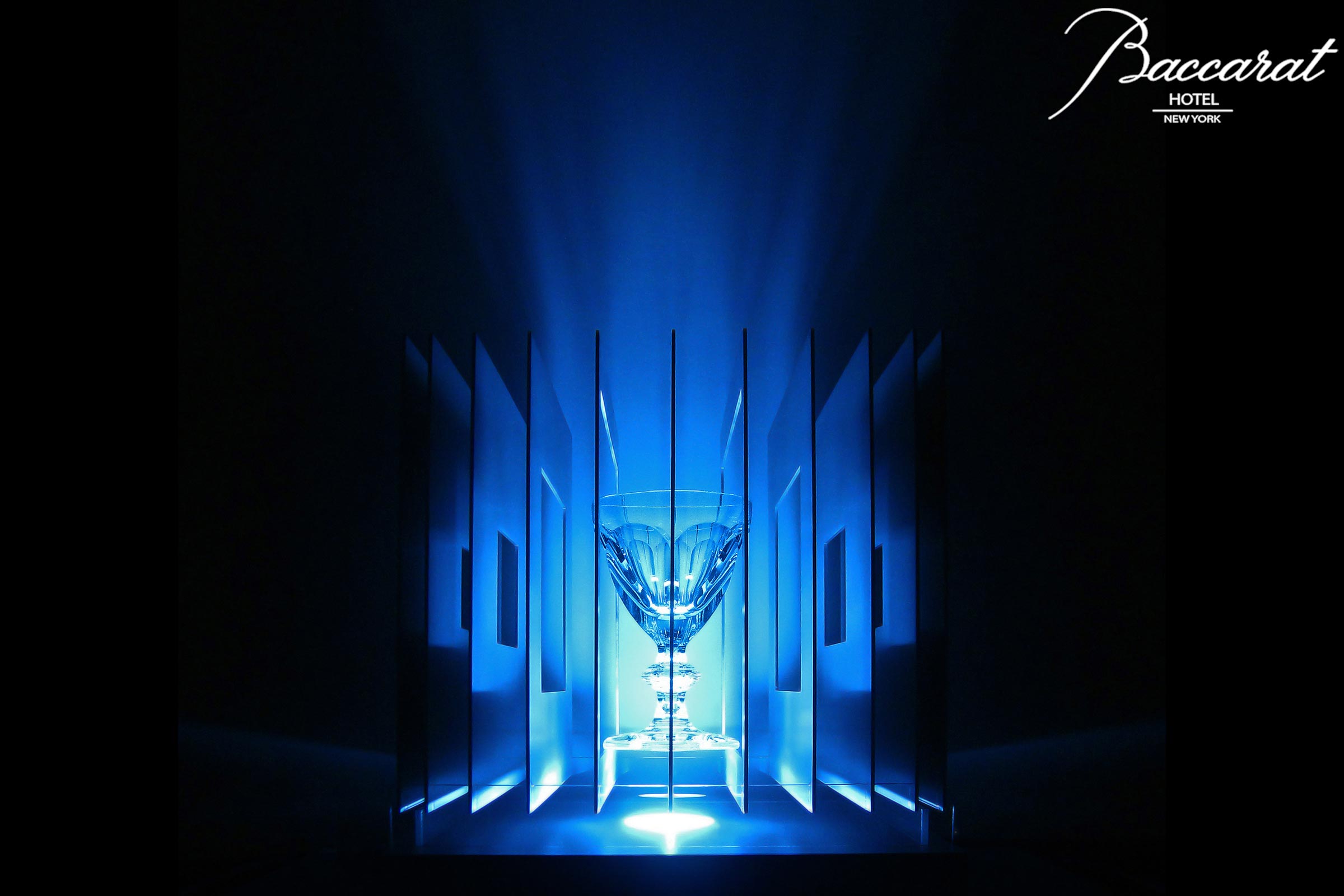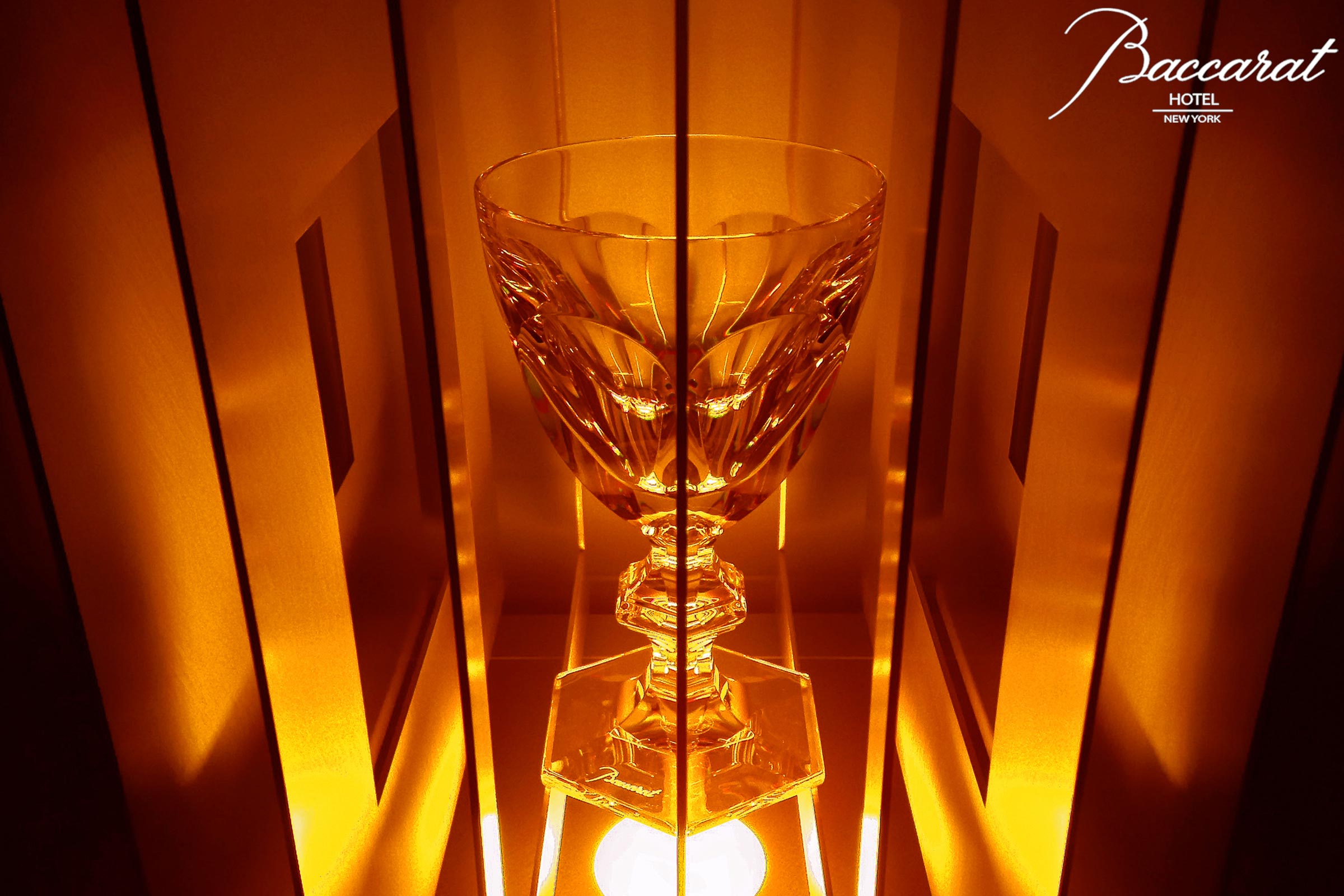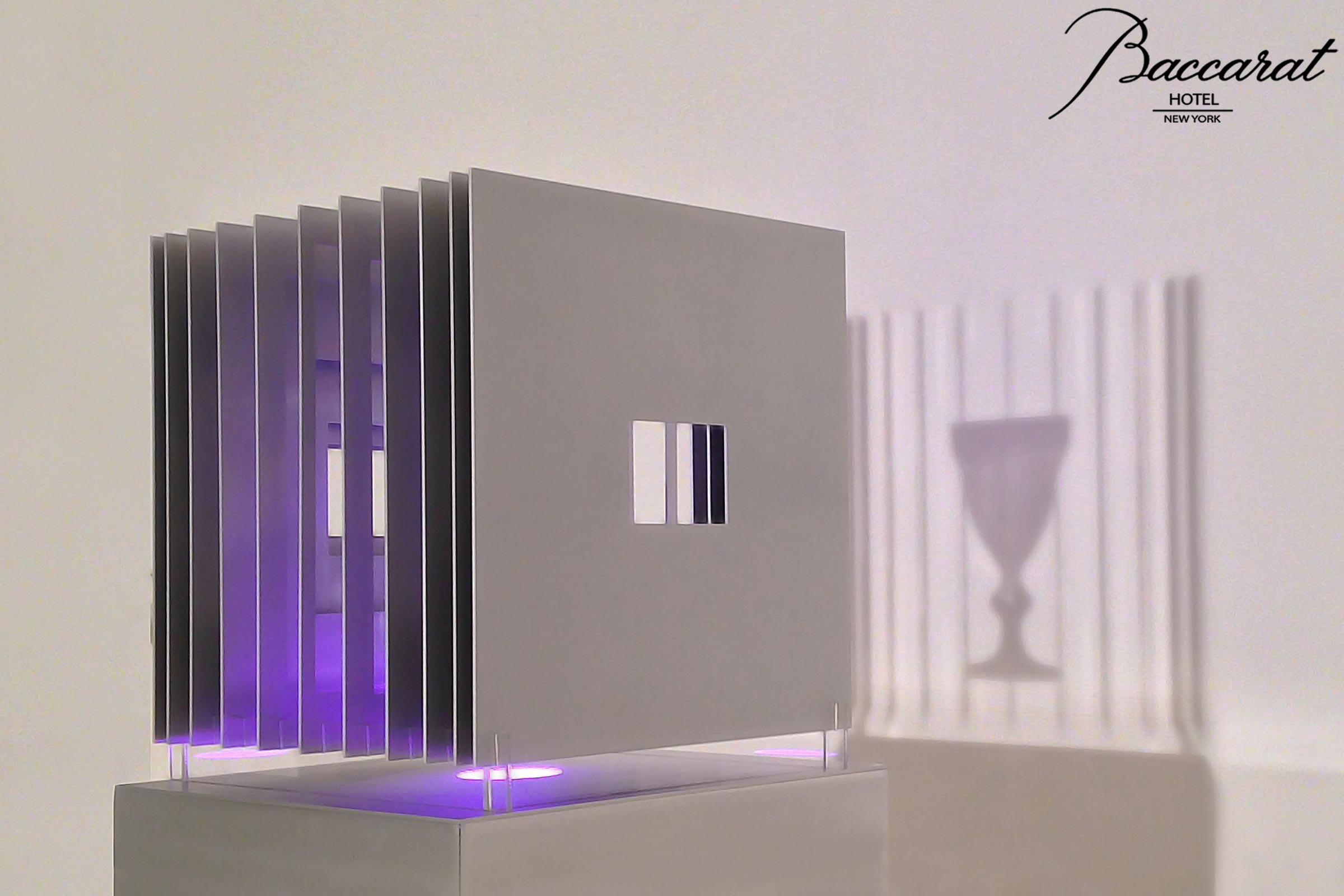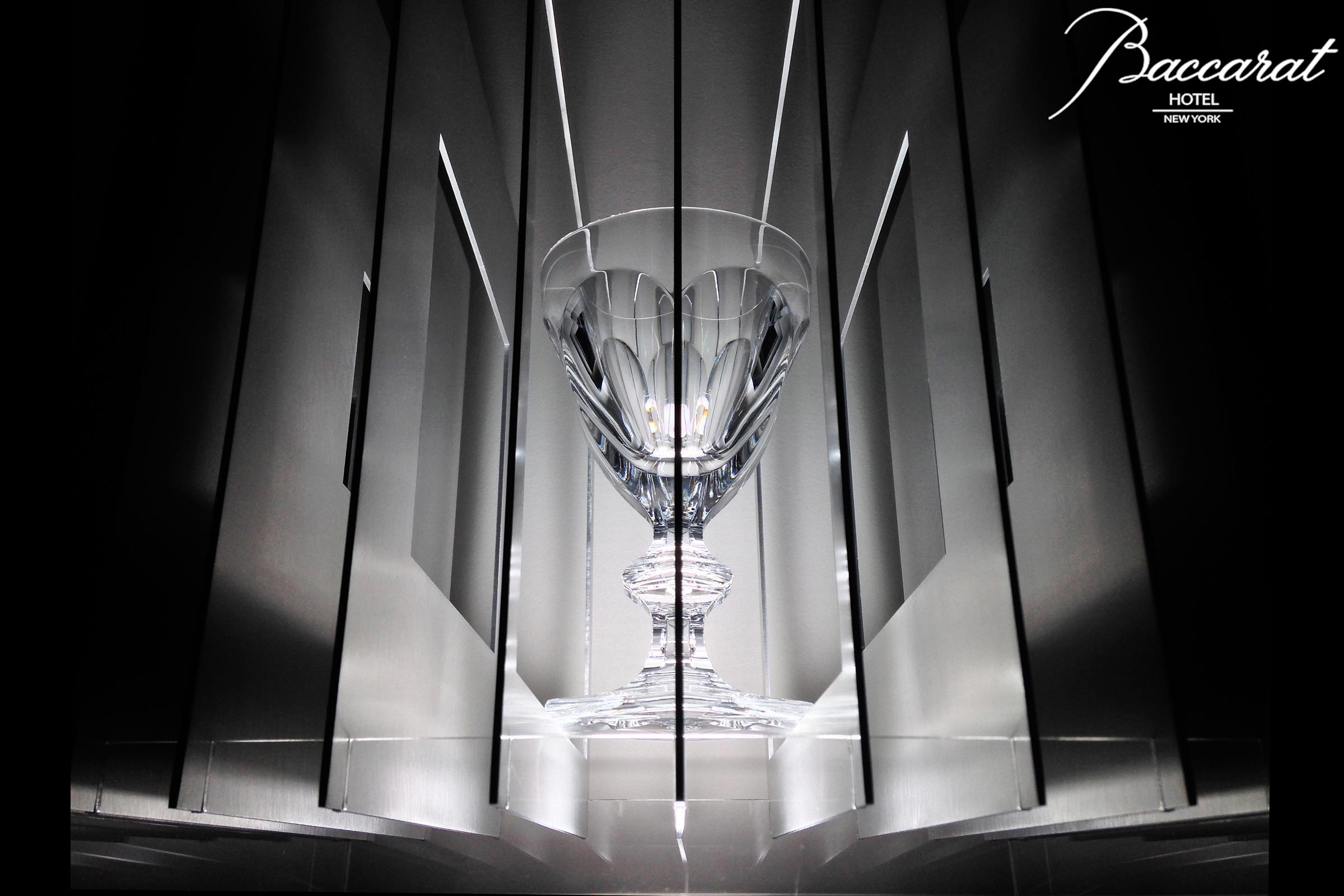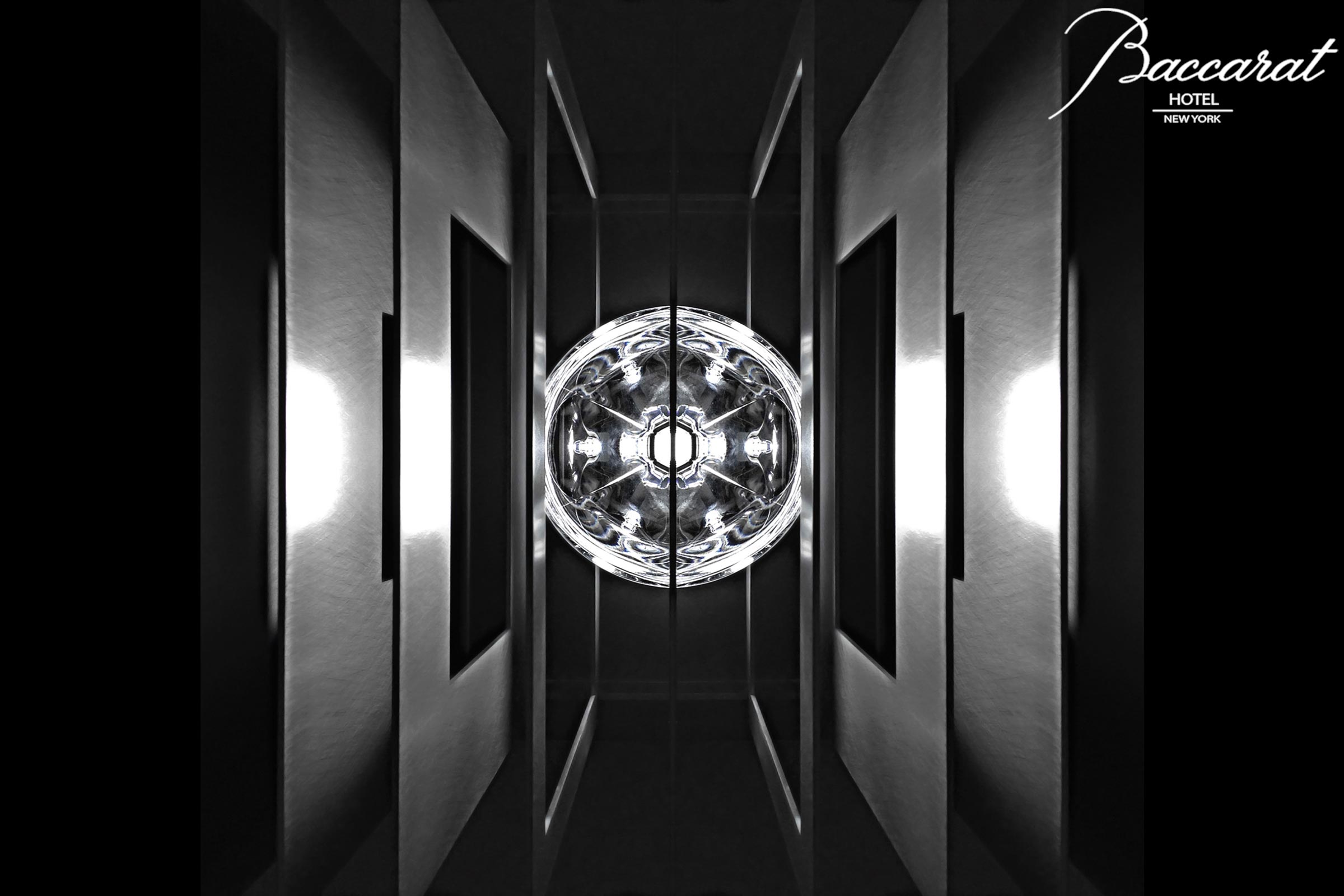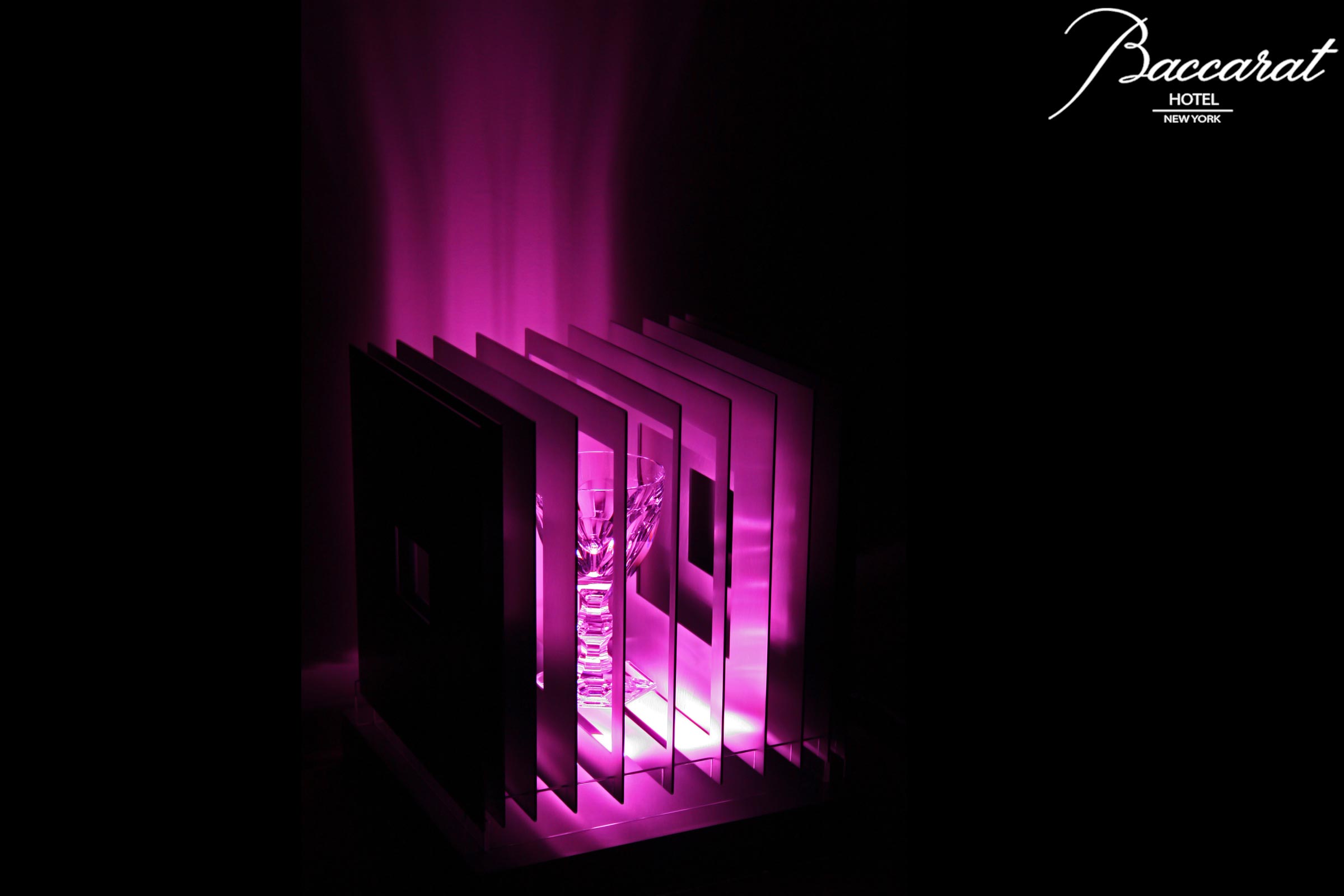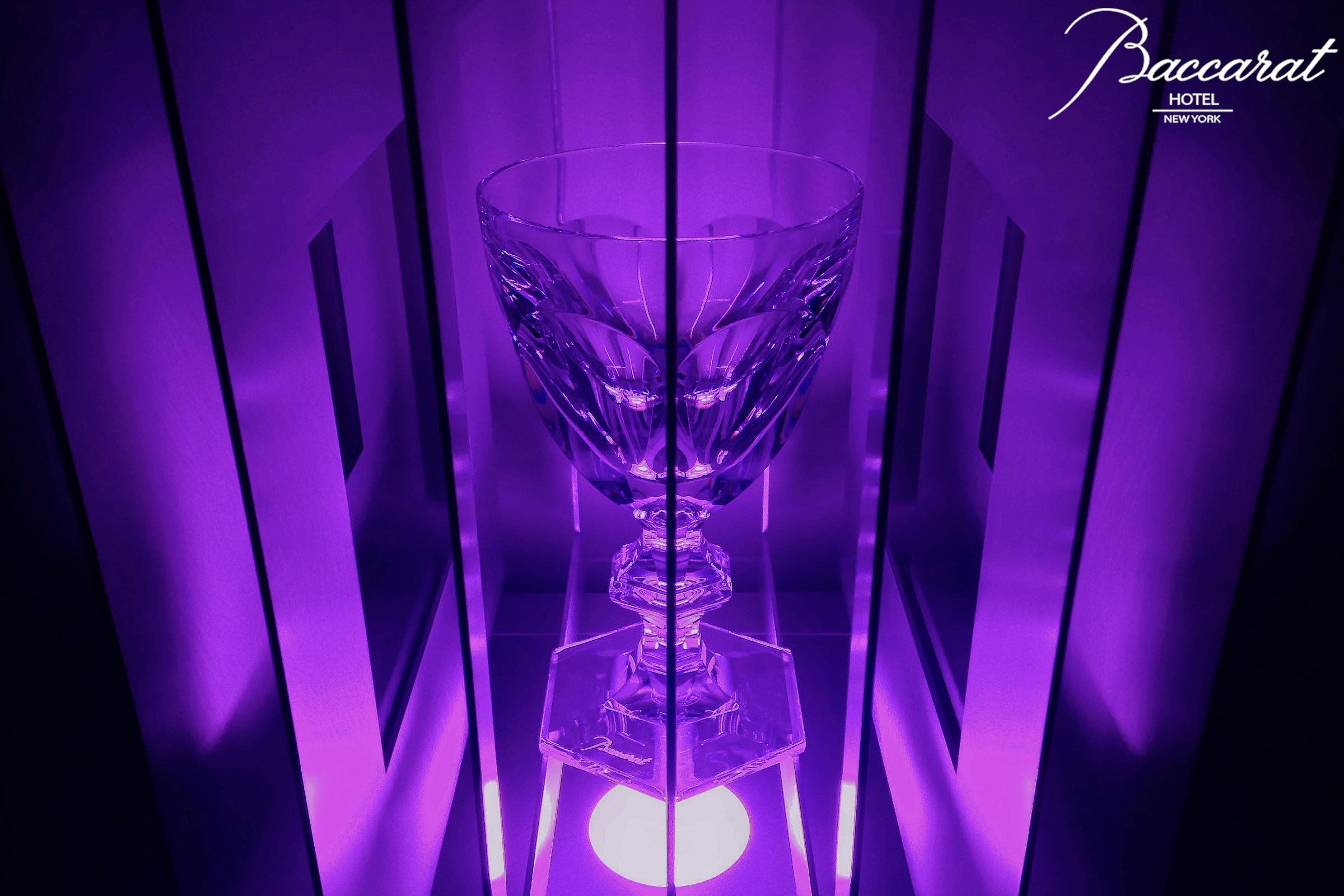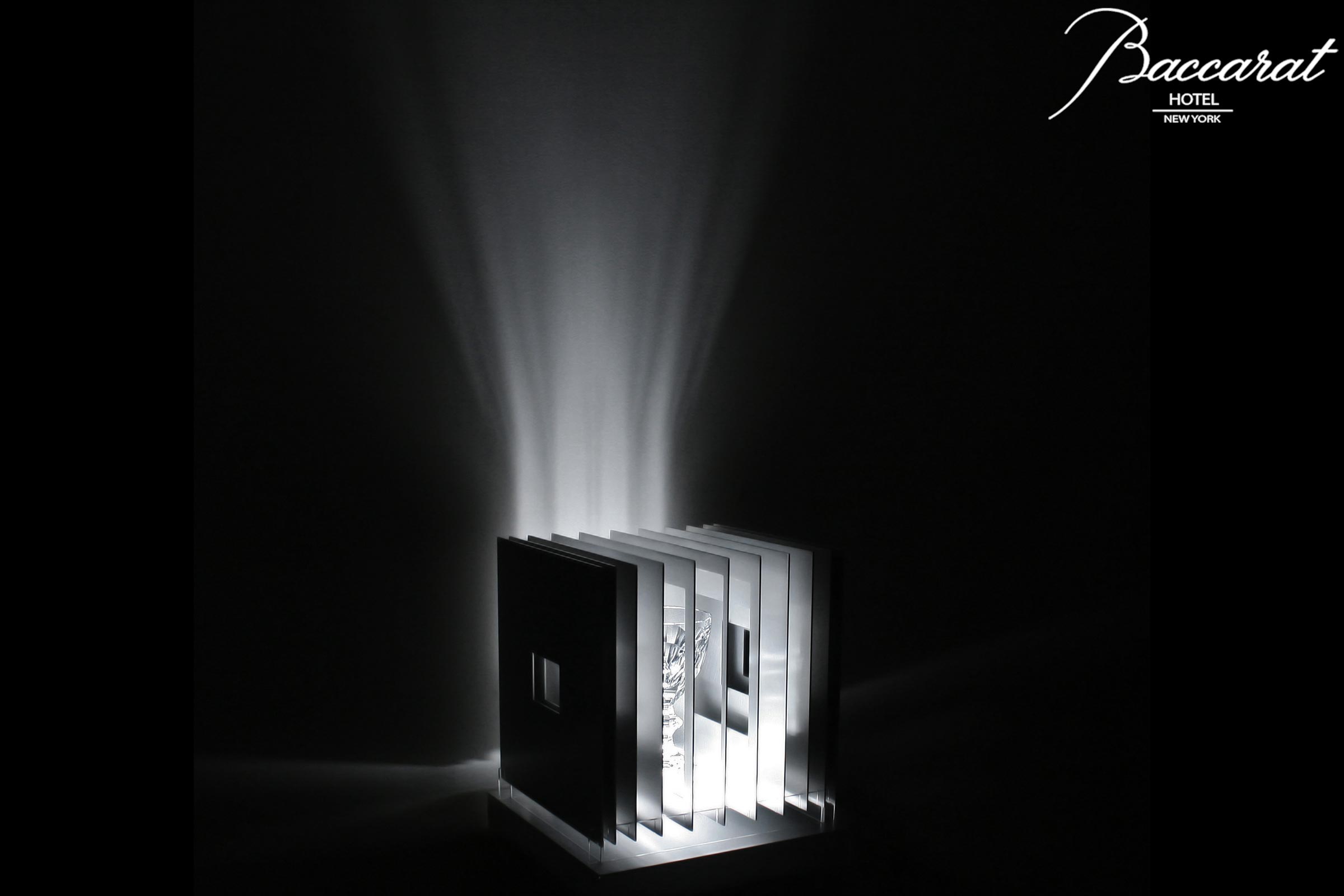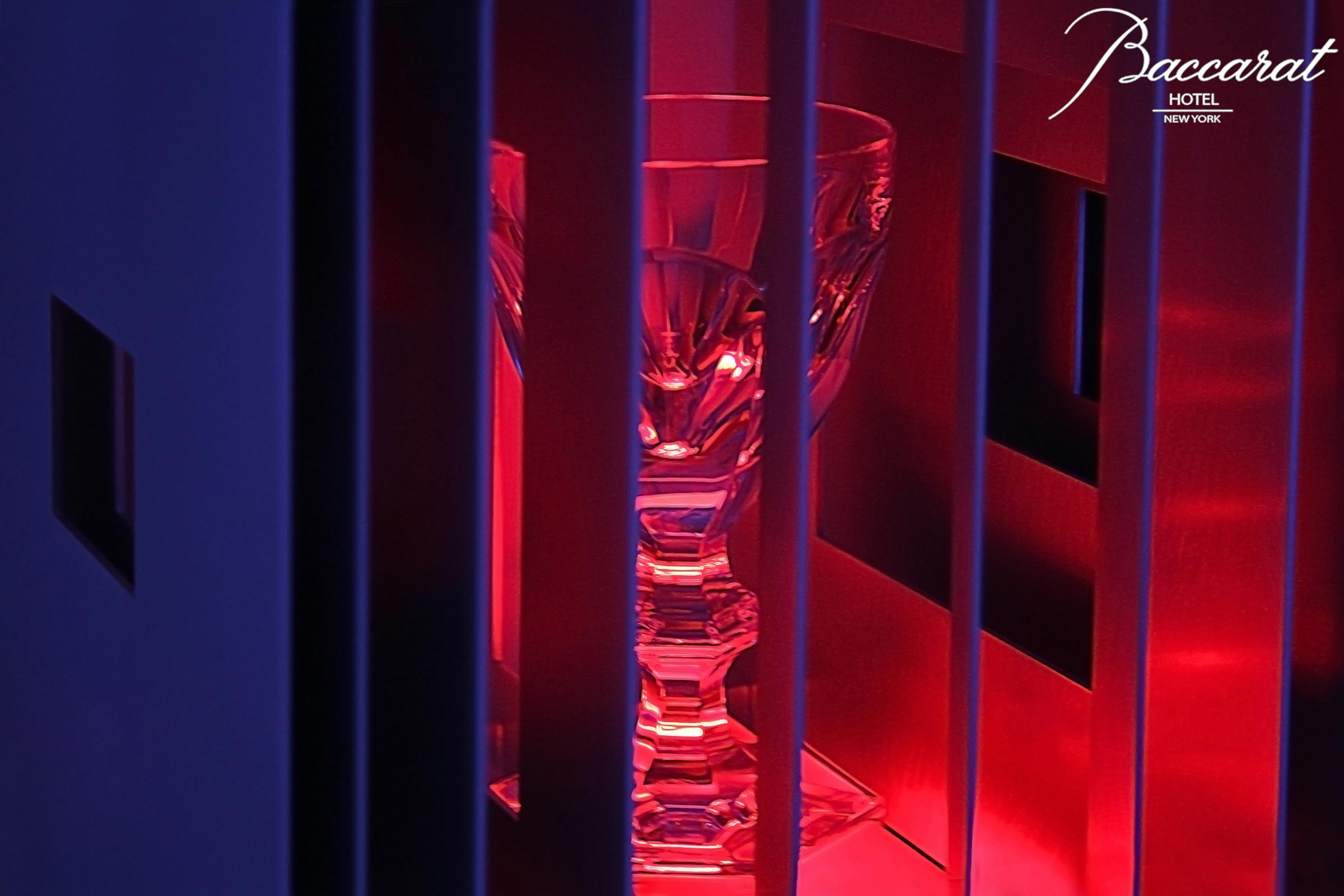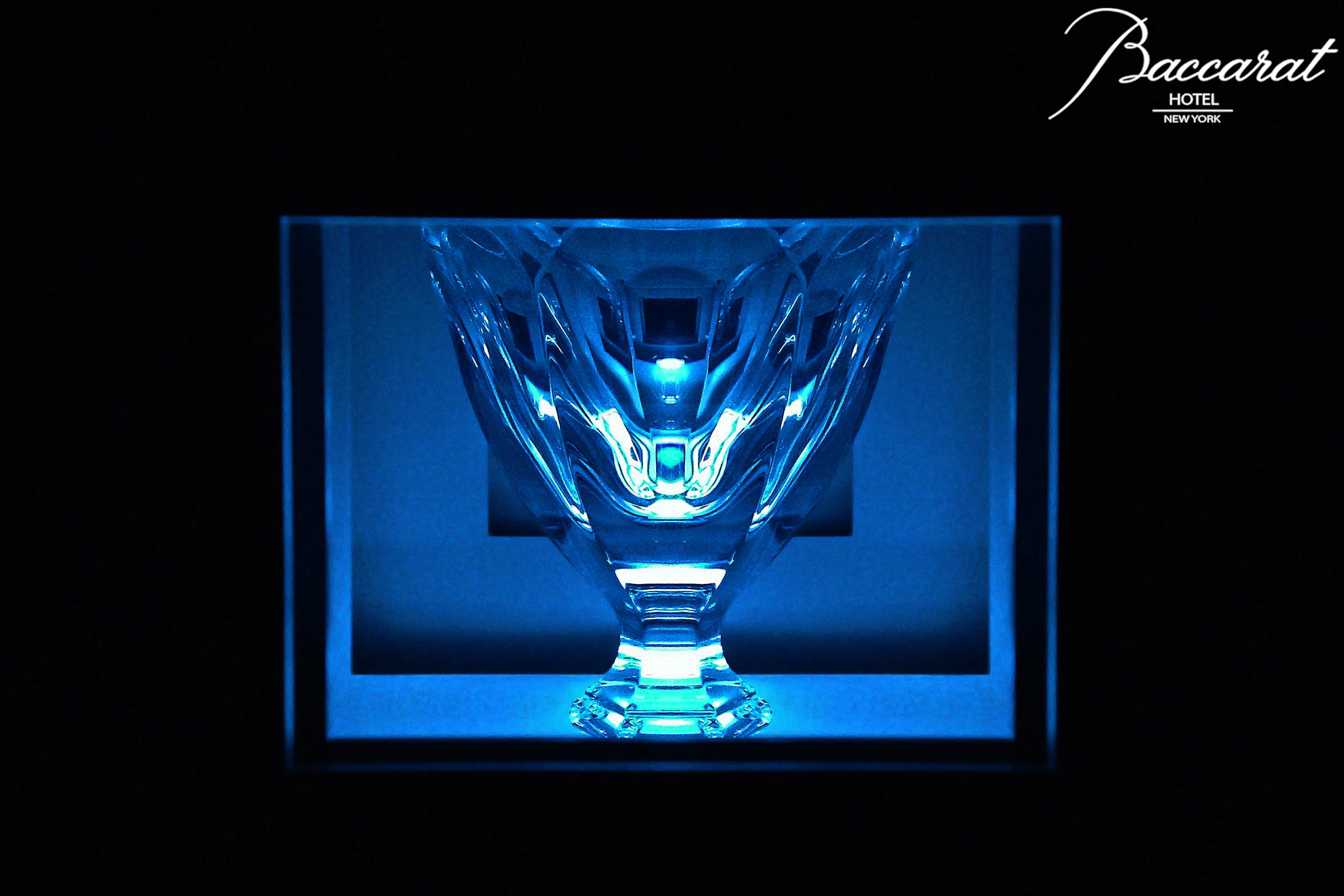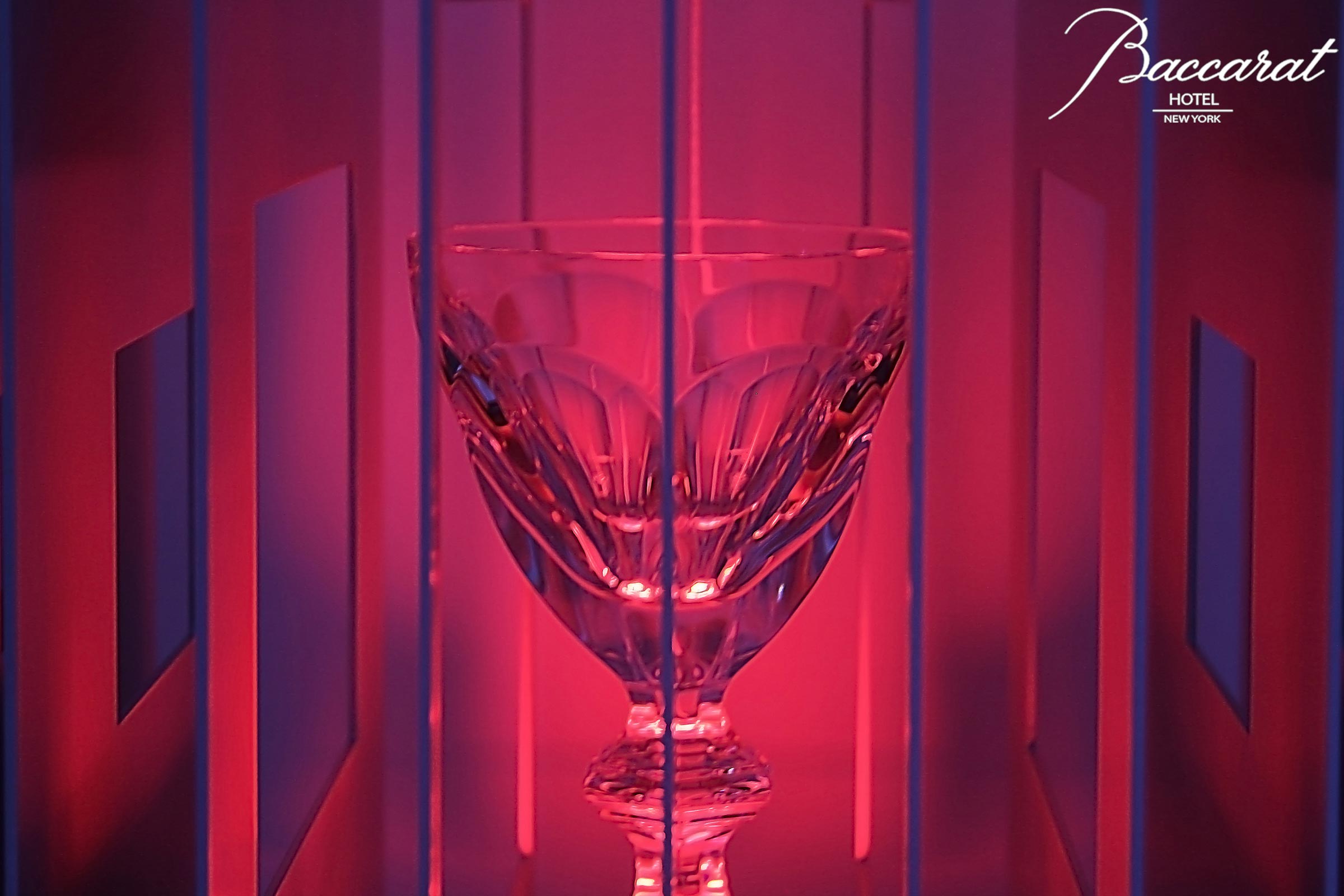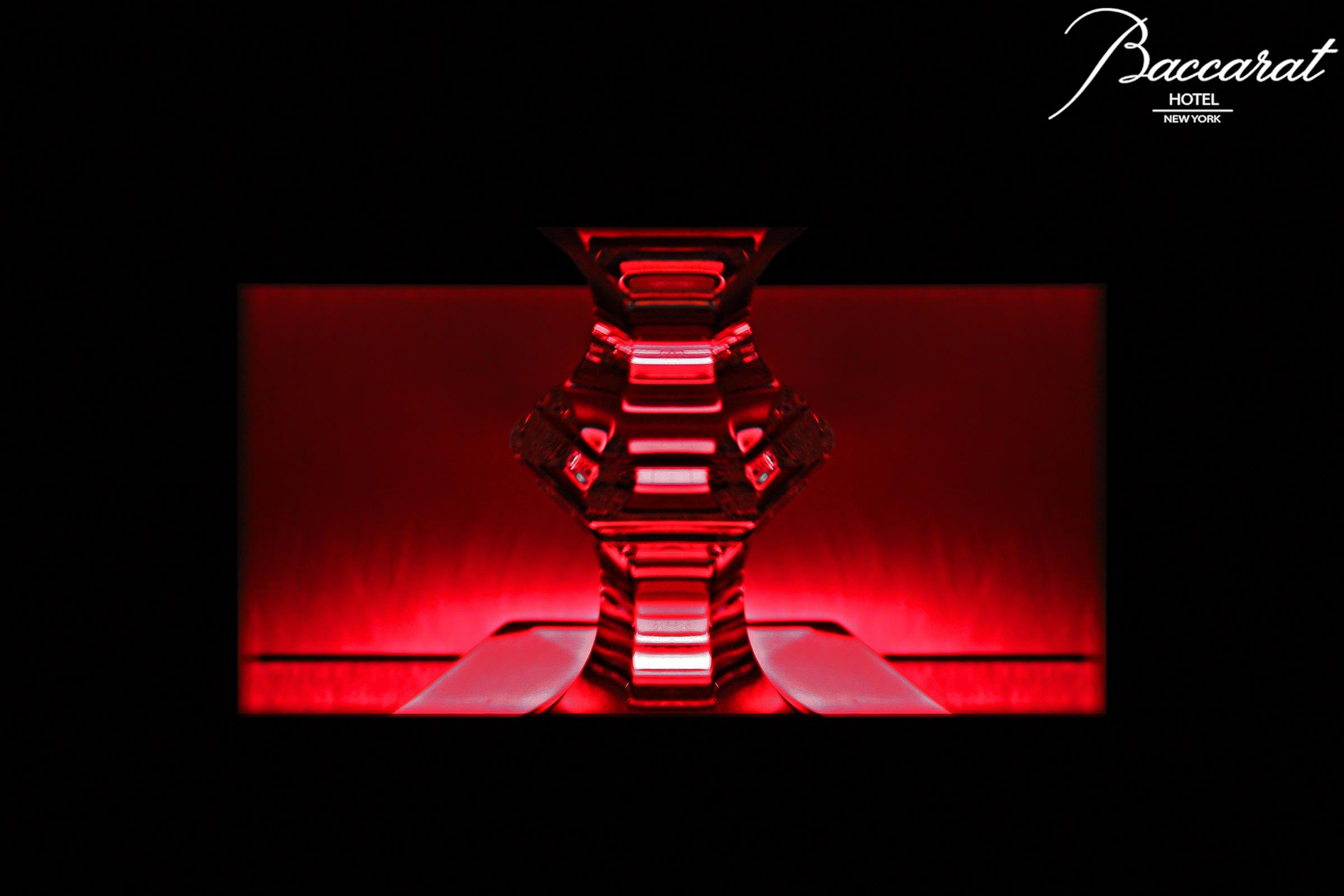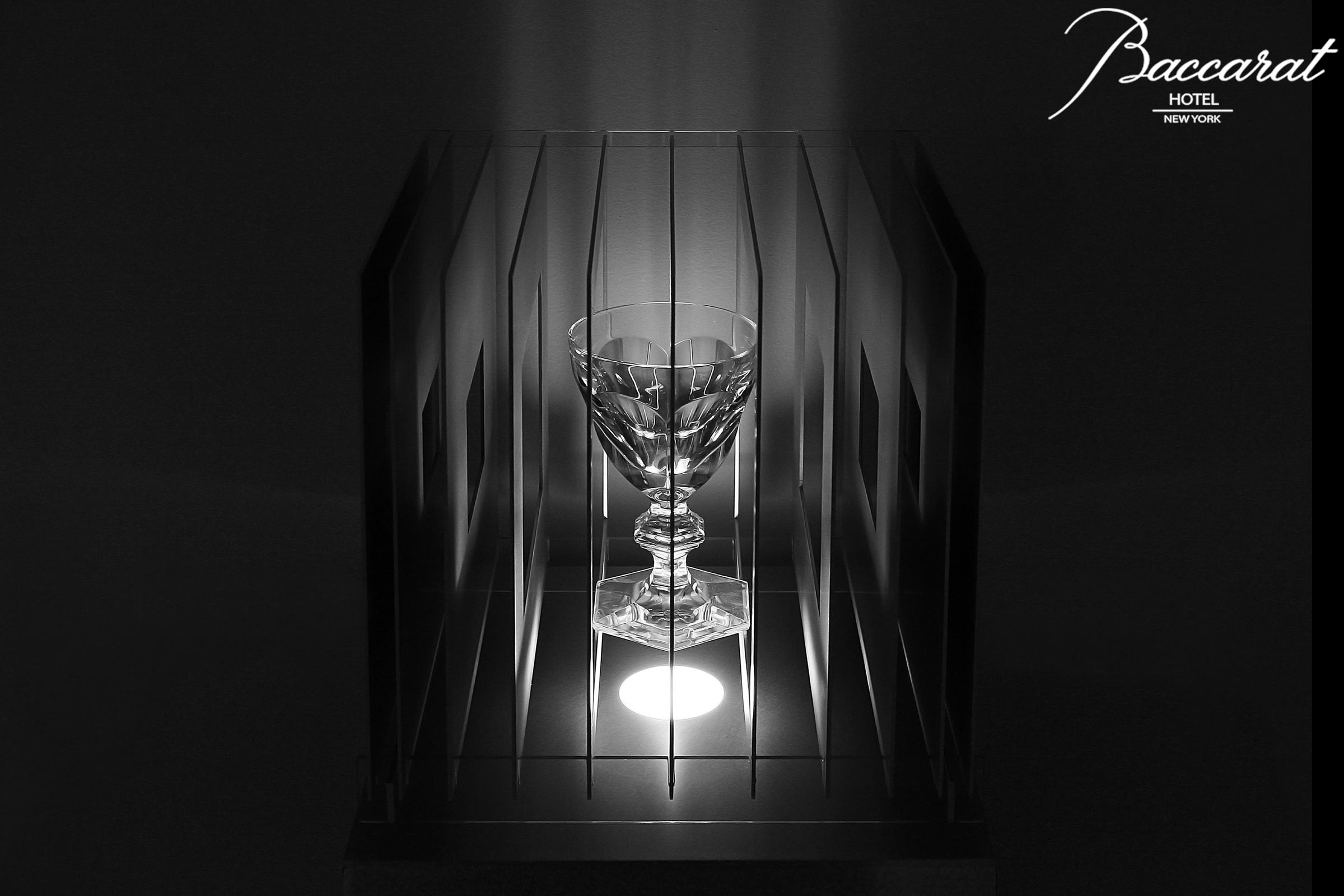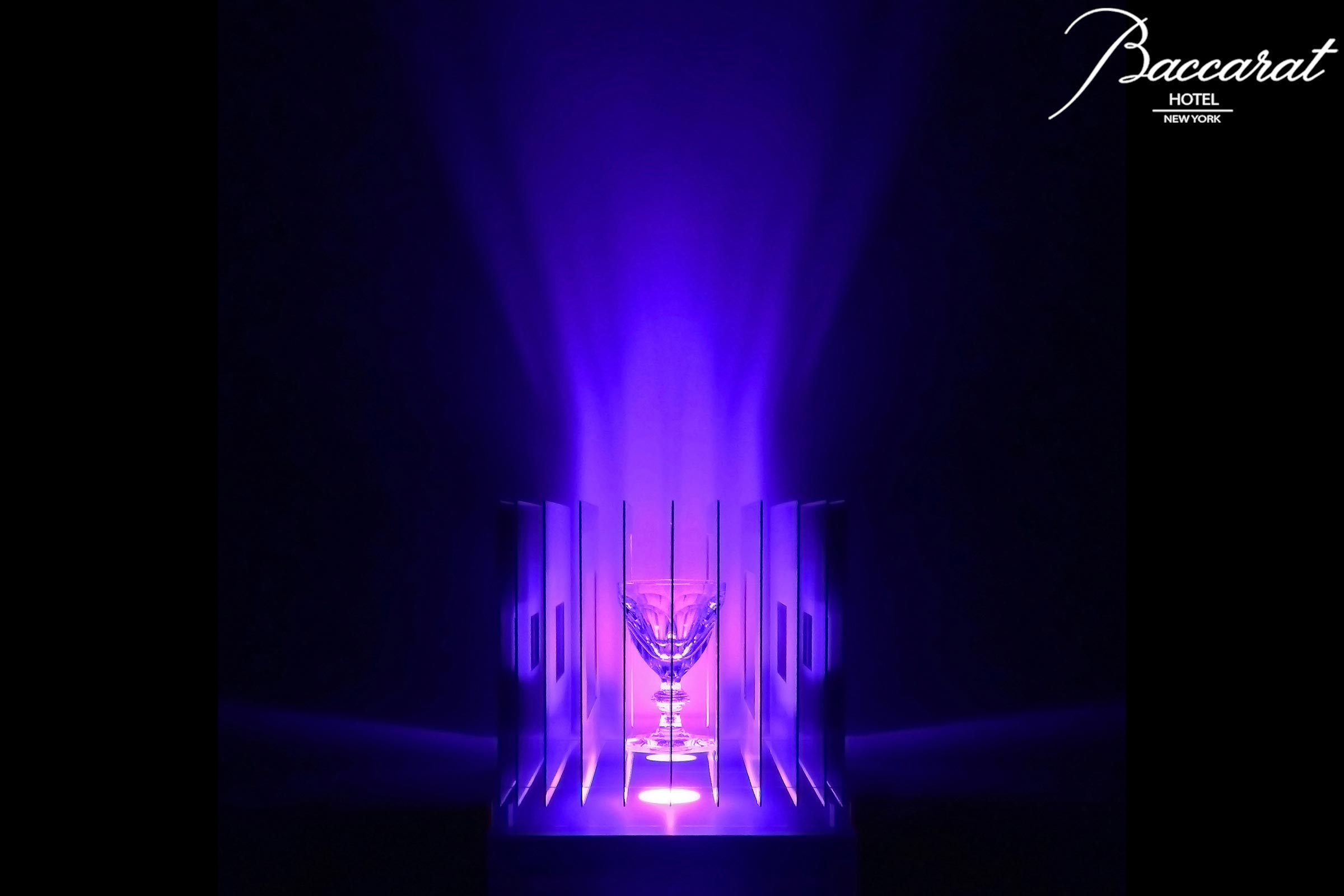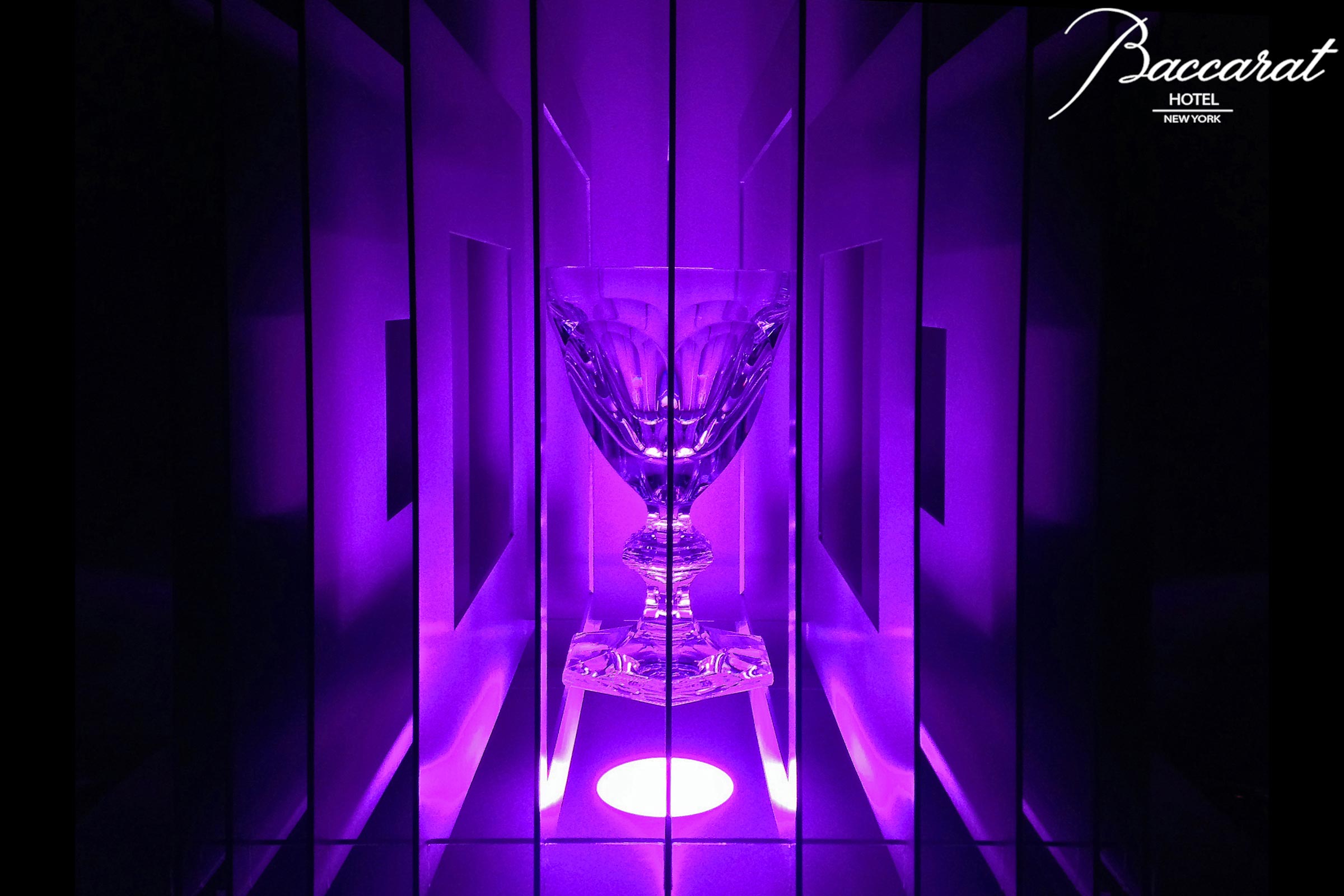II AIR : The Cube
In Euclidean geometry, the four-sided square follows the triangle. It represents the second element.
The first drawings of squares date back to prehistoric times. Along with circles, squares have been the most studied simple geometric shapes since ancient times, and the problem of squaring the circle enthralled mathematicians for two millennia.
The cube is one of the five Platonic solids and features in masonic symbolism, standing for the work achieved by the journeyman in transforming a piece of rough stone into a perfect solid.
It is a striking fact that the first hexagram – a symbol which incorporates both Yin and Yang and appears in I Ching and Taoism, the main philosophies of Ancient China – is made up of identical parallel lines forming a square, just like those used in the Air installation. It stands for creativity and the sky.
The cubic volume is made up of a succession of hollow squares symbolizing a breath of air.
The perceived volume is delimited by a series of ever-changing openings and varies constantly depending on the viewing angle. Intriguing details of the Glass are revealed in profile as though through windows, until a face-on view finally unveils the whole Glass.
This kinetic installation presents the Harcourt Glass as though it were a gem in a jewelled setting. The empty space in each successive layer is akin to light radiating from the magnified, diamond-like Glass.
BACCARAT - AIR
